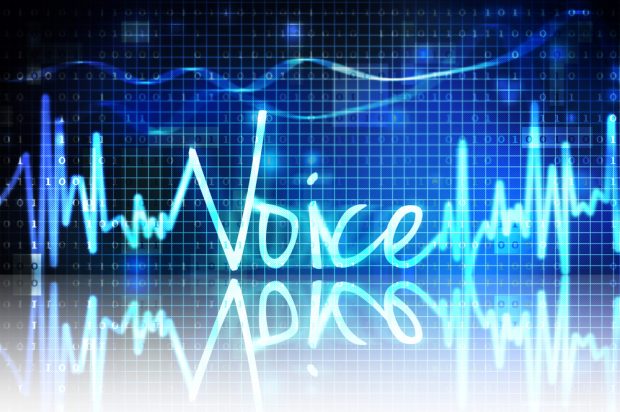
The clear majority (81%) of those polled believe there are benefits to using voice recognition as a form of personal verification and 49% would likely use voice recognition for authentication.
Those are among the results of a survey conducted for Atlanta based voice authentication firm Pindrop, by Harris Poll in November 2017 among over 3,000 U.S. adults ages 18-plus, investigating consumer sentiment around the security of voice interactions as a form of personal verification.
As voice security expands beyond the call center, brands need to develop strong, frictionless multi-factor authentication for consumer devices. In the emerging conversational economy, brands are reimagining voice activated consumer experiences. Pindrop suggested enterprise level security and multi-factor authentication is the necessary next step for all industries creating new opportunities for frictionless customer experiences. As more channels become voice-activated, fraudsters will leverage emerging technologies such as voice synthesis to impersonate consumers. Pindrop noted voice fraud already costs organizations in the U.S. $14 billion each year within call centers alone.
The study also assessed consumer engagement with financial institutions, retailers, healthcare providers and other major omnichannel organizations. Findings indicated that roughly half of Americans contacted financial service companies (49%), healthcare companies (59%), insurance companies (54%), and telco companies (60%), via phone with a customer service inquiry in the last 12 months. About one in ten Americans contacted healthcare companies (15%), insurance companies (9%) and financial service companies (11%) via phone more than five times per year.
Consumers indicated some dissatisfaction with current verification methods used to protect their personal information. More than one in four Americans who accessed an account at a healthcare company (28%) or TV/telecom company (27%) by phone expressed frustration with their experience. Among those who found it difficult to access their accounts by phone, burdensome requirements to answer numerous identity verification questions is the cause of this difficulty for over one quarter of them (28%). Additionally, nearly one in five (18%) found it difficult because they forgot answers to security questions and could not access their accounts.
“We are ushering in a new era of passive voice authentication that will create opportunities for brands to interact with their customers,” Scott Rose, SVP of Product, Pindrop, said. “As consumers go beyond their phones and increase interactions with voice activated devices, it is crucial not to confuse personalization with security and identification.”
However, concerns remain as 94% believe there are drawbacks to using voice recognition as a form of personal verification. The top reasons for concern include:
- 61%: May not work well because of background noise (channel independence).
- 60%: May not work accurately every time (low equal error rate).
- 48%: Cloned voices can work against them (voice spoofing).
- 43%: May have difficulty recognizing accents.
- 39%: May not be secure.
- 36%: Requires you to speak loudly and clearly (channel independence).
- 31%: Lack of info on how voice as personal verification works.
In January, Pindrop released a deep voice biometric engine that the company said can recognize a consumer by their voice, even with short command-like utterances in a passive manner, Rose said. “Pindrop Labs first looked at the limitations of current voice biometrics and specifically designed a voice biometric engine, in a deep neural architecture, that addresses the top consumer concerns such as channel independence, the emerging threat of voice synthesis and accuracy rates.”
© Touchpoint Markets, All Rights Reserved. Request academic re-use from www.copyright.com. All other uses, submit a request to [email protected]. For more inforrmation visit Asset & Logo Licensing.







